Liguria is an Italian region that has had very strong links with the
cinema over the years. The beauty and variety of its landscapes have attracted many directors and film producers, who chose Liguria as a location for their films. Liguria as a location to shoot their films. In this article, we will explore the link between Liguria and cinema, analysing the shooting of famous films and
local productions. Liguria has a variety of landscapes that make it an ideal location for many film productions. Its coasts, with their beaches, cliffs and port cities, have often been used as a backdrop for adventure films and comedies.
Backdrop for adventure films and romantic comedies. The Ligurian hinterland, on the other hand,
with its mountains, valleys and ancient villages, has attracted directors who sought an authentic location for historical films and dramas. One of the most most famous films shot in Liguria is ‘The Leopard’ by Luchino Visconti, who used the Palazzo dei Rolli in Genoa as a set for scenes of the
house of the Salinas. The film, which won the Palme d’Or at Cannes in 1963, is a classic of Italian cinematography and made the Palazzo dei Rolli famous, later included in the UNESCO World Heritage list.
But it is not only great directors who choose Liguria as the location for
their films. In recent years, in fact, many local productions have been realised in this region. One of the best known films is ‘La meglio Gioventù’ by Marco Tullio Giordana, a family epic that follows the
vicissitudes of two brothers between the 1960s and the 2000s. The film was largely filmed in Genoa and Liguria, and paid homage to the beauty of the region. In addition to film productions, Liguria also has a
strong tradition of film festivals. The Genoa Film Festival for example, is an annual event that provides a platform for the presentation of films by emerging directors and independent productions.
In conclusion, the link between Liguria and cinema has been very strong over the
over the years, thanks to the beauty of its landscapes and the variety of its
its locations. The region has inspired many directors, who have chosen to shoot
their films in this unique setting. But Liguria has also been a source of
inspiration for many local productions, which have found in this region the perfect
perfect setting for their stories. In any case, the link between Liguria and
cinema is destined to last for a long time to come, thanks to its unspoilt beauty
and its ability to still inspire directors and film producers from
all over the world. It has to be said that the relationship between Liguria and cinema does not only end in the choice of the region as a location for filming, but also extends to the
production and distribution activities. Liguria, in fact, has a tradition
of cinema-related activities dating back to the 1930s, when the first cinemas were founded in Genoa.
the first arthouse cinemas and the first production and distribution companies were founded in Genoa.
distribution. In the 1960s and 1970s, the region saw a series of production
production activities, with the opening of numerous studios and workshops for
dubbing, special effects and editing. Today, Liguria is home to numerous
production and distribution activities, with companies operating in the sector
production of documentaries, independent films and works of art.
In addition, Liguria has a strong tradition of training in the field of
cinema, thanks to the presence of institutes and schools that offer training and
training and specialisation courses for directors, screenwriters and technicians in the sector.
The National School of Cinema in Genoa, for example, is one of the oldest
schools of cinema in Italy, founded in 1941, which offers courses of advanced
training for film and television production.
Find out more about Liguria at www.visititalywithmovies.it and discover our films at www.movieitalyplus.com


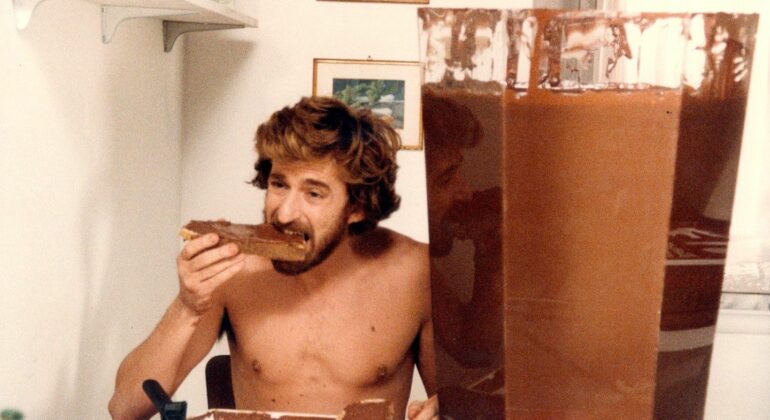
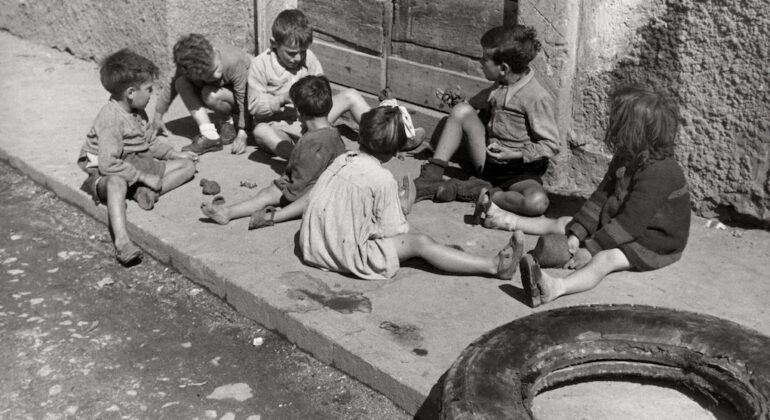

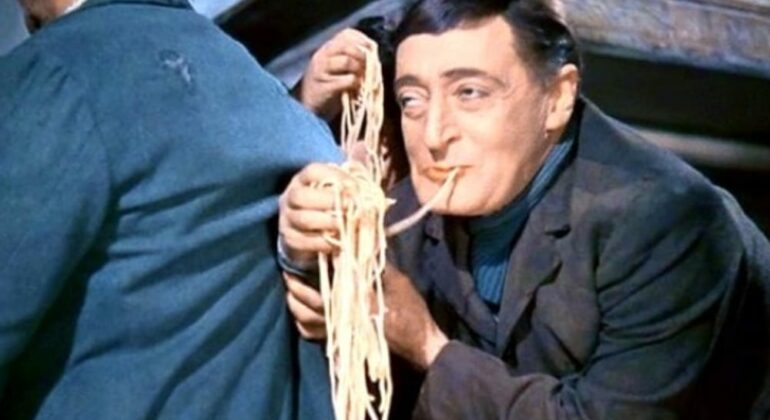
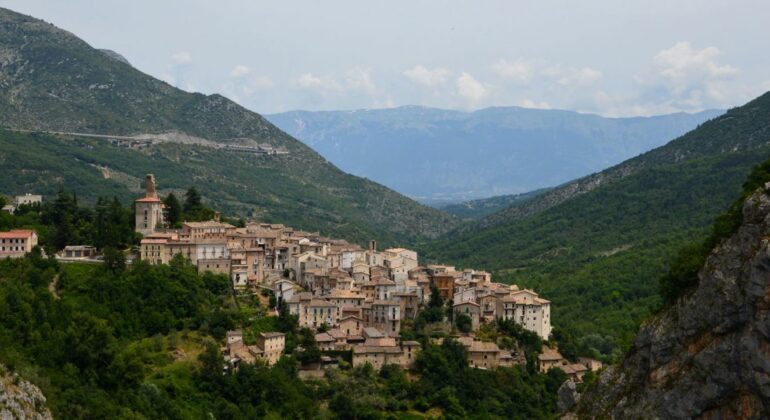
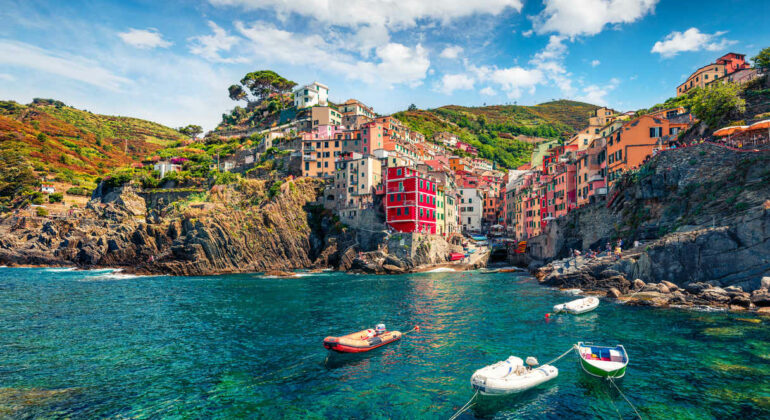


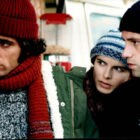


Recent Comments